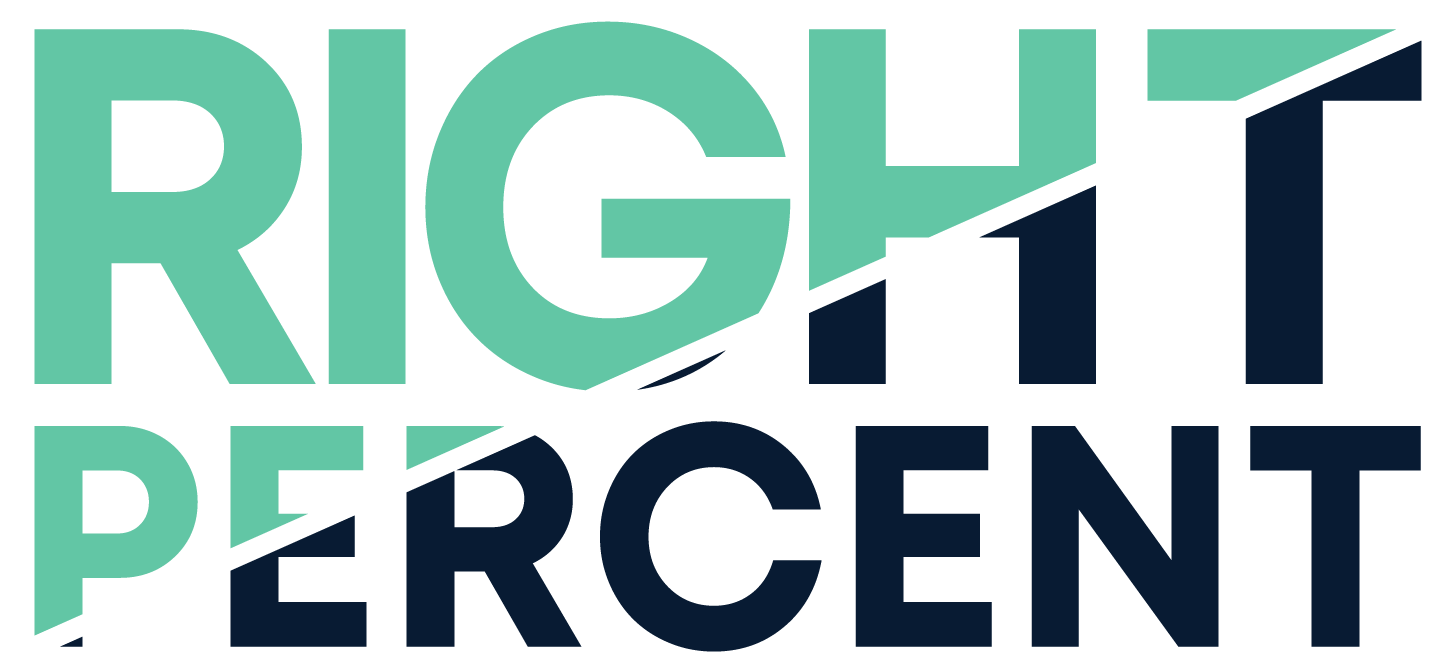How to Optimize Forms and Sign-up Flows For B2B Advertising
Every B2B marketer uses forms to collect customer information at some point.
A majority of your leads go through forms, yet form design is often an afterthought.
The form you choose has a massive impact on how successful your marketing campaigns can be.
The Basics of B2B Form Design
When crafting your form, focus on key contact information, attribution and qualifying questions.
Recommended Fields
First/Last Name
Company Name
Email - Keep this the default email and not work email unless you are doing an explicit test. Requiring work email will significantly increase cost per lead (30% or more).
Phone if you’re going to consistently and quickly call leads; no point otherwise. Asking for a phone number will significantly increase cost per lead (20% or more).
How did you hear about us? Highly recommended, it helps create a baseline of background performance that you can use to solve attribution issues quickly in the future. That knowledge will increase future ROI more than what you lose from the question.
Qualifying questions - This is the most important part, which we will spend the rest of the article going over.
Qualifying Questions
Qualifying questions are how you figure out the quality of a new form fill. This lets you get an idea of how effective your channels, campaigns, and ads are much faster.
If you wait for sales activity, it can take months to bear fruit and has a much smaller sample size.
That’s why B2B advertisers need to create LIFE - Leading Indicators of Future Earnings.
What do we mean by this?
You need to find a way to estimate the future value of sign-ups within 24 hours of click by finding leading indicators - things that happen now that correlate to future revenue.
How you do find leading indicators? This depends on the maturity of your marketing efforts.
For Early Stage Marketing Teams
For early-stage companies, the goal is to find out what works. Where can you find product-channel fit? Where should you focus your limited time and effort?
For that reason, you should err on the side of asking more qualifying questions, not less.
Why?
Even though it may decrease your conversion rate, you must learn which qualifying answers correlate to future revenue. Knowing the indicators you can rely on is what unlocks your future performance.
It lets you evaluate and compare campaigns from various sources more quickly and accurately.
Things you learn *will* surprise you.
Some great examples of qualifying questions that have correlated to revenue for clients:
Qualification Only
Number of employees
Prospect Revenue
Work Email Required
Prospect Budget
Qualification + Intent
How soon are you ready to purchase?
Are you “xxx” (xxx will depend on the industry)
Do you want to schedule a demo of our product?
There is a huge variety of qualifying questions you can ask. When starting out, I recommend narrowing it down to three qualifying questions at a time, unless you are in a high intent space like lending.
For Later Stage Marketing
If you’re working on a mature marketing team, you’ve been ideally collecting lead and sign-up information for a few years. Now’s the time to dig into your form data and find correlations.
In the early stage, we recommended as many form questions as possible.
Now, you can optimize that down. You’ll find that of the variables you’re collecting, one or two will have outsized impact, and you can cut the list.
There are a lot of ways you can do this analysis. But the easiest is checking all your closed won deals in a spreadsheet and pivoting on the different form answers, trying to find which answer has the best lead to the closed won conversion rate.
After this optimization, you can often improve conversion rates by 5% - 20% by cutting out unnecessary questions.
PLG Campaigns
The principles are all the same; it's just that PLG sign-up flows have two differences.
They are typically multi-page (and are definitely still a type of form), giving ample opportunity to ask qualifying questions.
As a PLG company, you also have usage data, so you don’t actually need to collect as much qualifying information.
What kind of usage data is best to track?
Things that correlate to future revenue. Almost always, there is some early action where if the user takes it, they are wildly more likely to be paying customers in the future. It's usually just an indication that they want to seriously use the product, like setting up the demo, adding their company's information, creating their profile, etc.
Especially track activity that happens within 24 hours of the first visit. Usually, if someone doesn’t use your PLG product the same day they sign up, the chances of them ever using it plummet.
Tracking the Data
You want to make sure you track form data in two areas.
Your source of truth – on every opportunity and lead record, you should know what people filled out in the form. Ensure these transfers correctly at every step of your MarOpps stack – from your form software to Hubspot, to Salesforce, etc. Treat it like the valuable data it is.
Your aggregated measurement platforms – It is straightforward for a specialist to create conversion events in Google Analytics, Google Tag Manager, and other major platforms, so you can track how many of each type of qualified leads are coming in across campaigns in real-time. This gives you *much* better visibility into your marketing campaign than leads alone or sales activity, which take time to be created.
a. If you run advertising, creating these conversion events is necessary to get the ad platforms to optimize toward targeting your ideal customer.
That’s it! We hope you found this guide to B2B forms useful.
